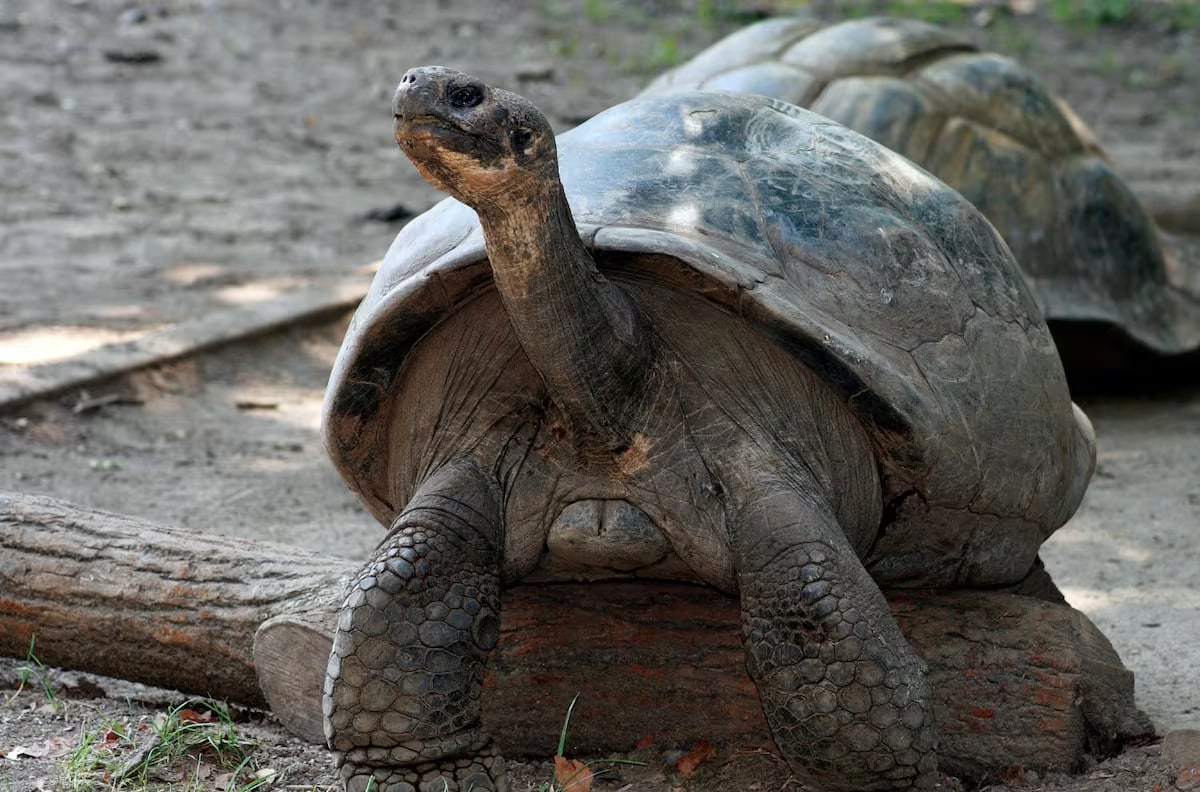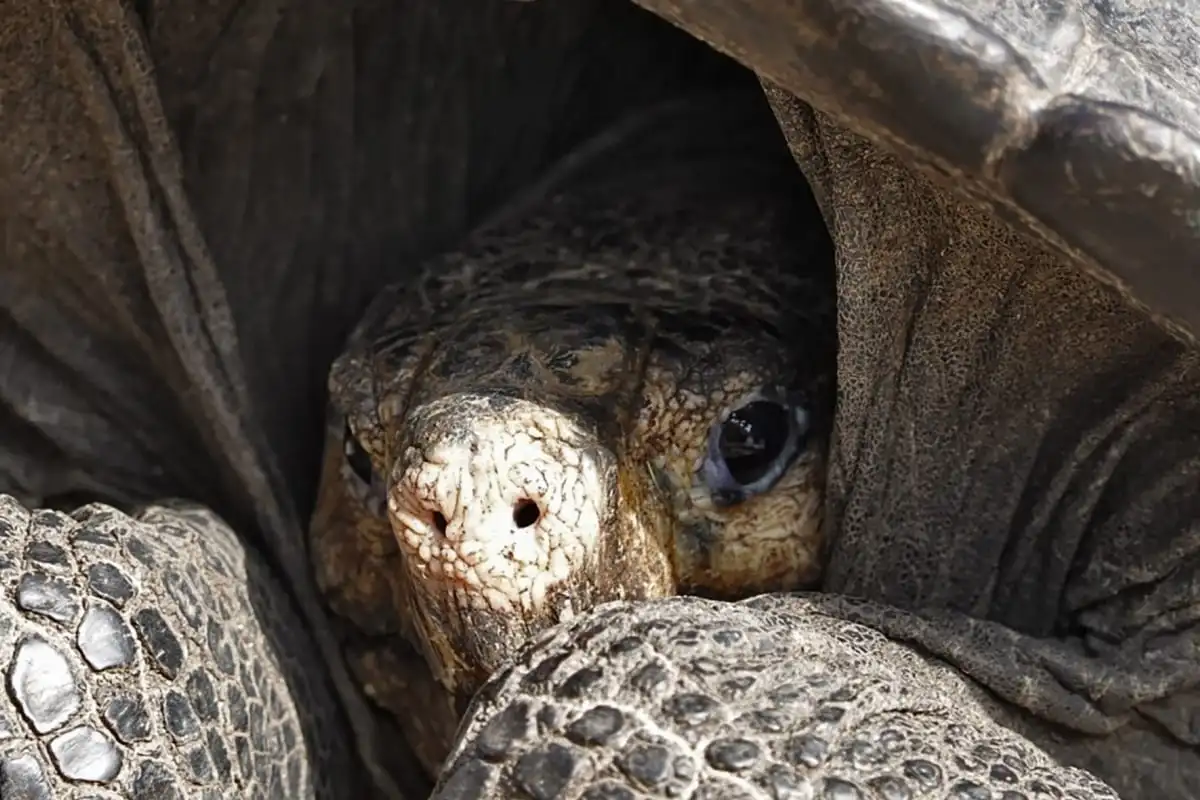The Philadelphia Zoo in the United States celebrates the unprecedented birth of four female Galápagos tortoises from a hundred-year-old mother. A pair of Galápagos tortoises from the west of Santa Cruz, approximately 100 years old, have become parents for the first time at the Philadelphia Zoo in the United States. The specimens Mommy and Abrazzo belong to a species that has struggled to survive in the wild, so the hatching of the four eggs — all females — not only marks a milestone in the more than 150-year history of the enclosure. It also offers a glimmer of hope for the conservation of species critically endangered. “The hatchlings, which are currently out of the spotlight in the Reptile and Amphibian House, are feeding and growing properly, weighing between 70 and 80 grams,” the enclosure said in a statement.

The first hatchling hatched on February 27th and the animal care team monitored the remaining eggs, which hatched quite quickly. Mommy has thus become the zoo’s longest-living first-time mother, having lived there for decades since arriving in 1932. And it is likely that any of her visitors over the past 92 years will have seen her. Abrazzo moved to Philadelphia in 2020 after living at Riverbanks Zoo and Garden in South Carolina, where western Santa Cruz Galapagos tortoises successfully bred in 2019.
“The vision of the Philadelphia Zoo is that these hatchlings will be part of a thriving population of Galapagos tortoises on our planet 100 years from now,” said Jo-Elle Mogerman, president and CEO. The caretakers, who closely supervised Mommy during this time, celebrated the news, which represents a testament to the positive impact of conservation initiatives. Mommy laid 16 eggs in November 2024, which were placed in an artificial incubator. The sex of the Galápagos tortoise hatchlings is determined by the temperature at which the eggs are incubated. Although the keepers incubated half the eggs at the temperature for males and the other half at the temperature for females, so far only female eggs have hatched.

The hatchlings are part of the country’s Association of Zoos and Aquariums Sustainability Program to ensure the survival of this species and maintain a genetically diverse population. Before their birth, there were only 44 specimens of giant tortoises from western Santa Cruz in all the zoos in the USA combined, so the new additions represent a new genetic lineage and “a much-needed boost for the species’ population,” added Ashley Ortega, program coordinator. Mommy’s story is a reminder that, even at 100 years old, nature can always surprise us.
The threat of climate change
The Santa Cruz giant tortoise faces serious threats due to habitat loss, climate change and illegal hunting. It is a species of tortoise in the Testudinidae family that is endemic to the archipelago belonging to Ecuador.
Males tend to be larger than females and measure up to approximately 1.8 meters in length, weighing approximately 260 kilograms, according to the Red List of the International Union for Conservation of Nature. Human activity has brought the tortoises of western Santa Cruz to the brink of extinction.
Historically, sailors reduced the number of turtles by hunting them for their meat. In addition, the inhabitants have altered their habitat and introduced invasive species such as goats, which compete with the turtles for food.









